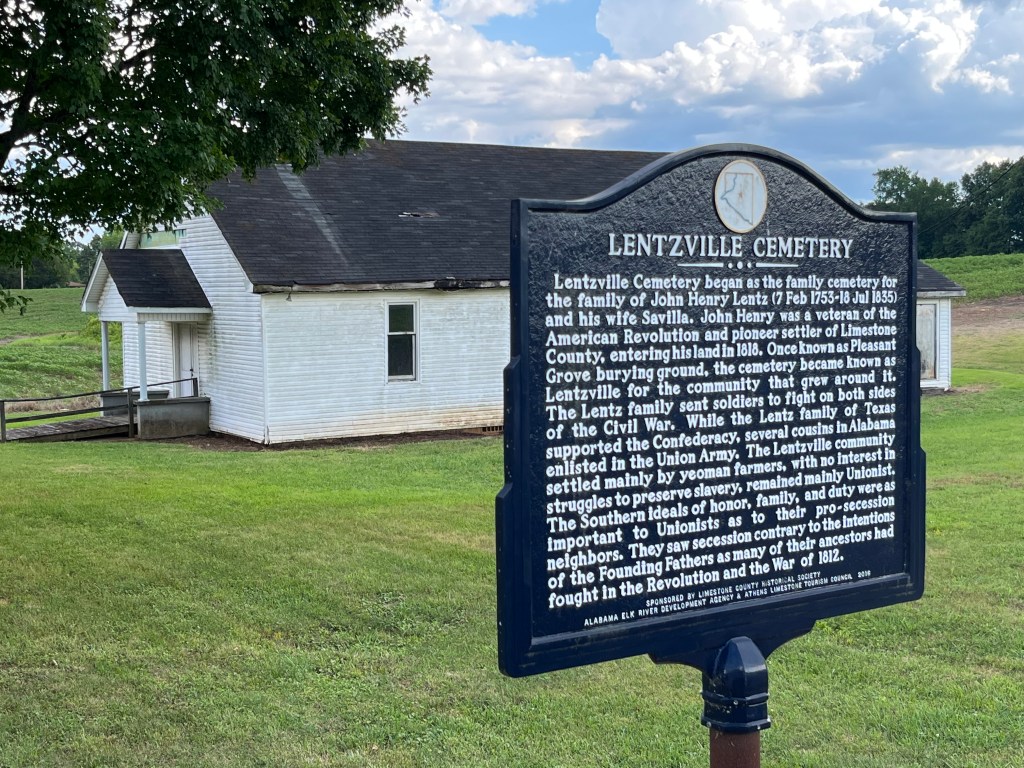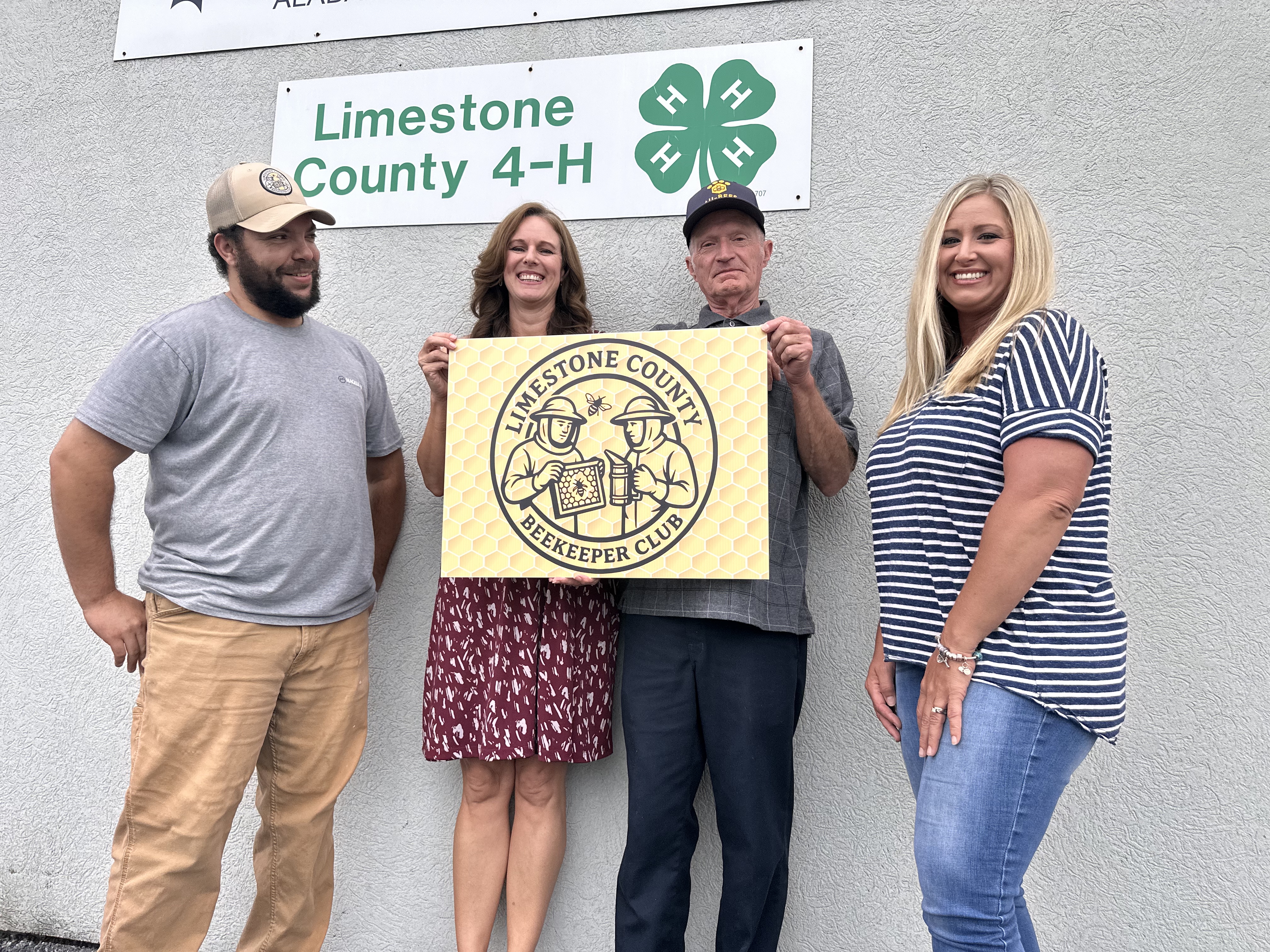Alabama ghost towns: Lentzville
Published 5:00 pm Monday, August 1, 2022

- The historical marker sits at the entrance to the Lentzville Cemetery and the old Methodist Church off Lentzville Road.
Limestone County is growing, and with that growth comes a change in landscape. For many, change can bring out the desire to keep things as they have always known it to be. Limestone County has been evolving for centuries. As a matter of fact, even the name of the county changed from Elk to Limestone on February 6, 1818.
Since Limestone County was established, many towns and communities have become part of the landscape. Some of these towns are still thriving today, while others have faded away. Lentzville, in western Limestone near the Elk River, is one of those once bustling communities that, other than a few place names, has faded into the history books.
In 1818, the newly formed Limestone County, established by the Alabama territorial legislature, was created from land given up by the Chickasaw and Cherokee. That same year, Revolutionary War veteran John Henry Lentz and his wife Savilla — who some believe was Cherokee —, settled on the banks of the Elk River. Lentz had been given a land grant for his military service.
From the family’s settlement, the community of Lentzville grew. Today, Lentzville Road runs along the river where the town once thrived. The Lentzville Methodist Church still stands in front of the Lentzville Cemetery where John, Savilla, and members of their family are buried.
Lentz was 65 years old by the time he came as one of the earliest settlers of Limestone County. John and Savilla had, according to some historians, 14 children, but Savilla’s headstone in Lentzville cemetery reads, “Pioneer mother of eleven children.” The other side of the stone reads, “She came to Limestone County in 1818. Was burned on April 25, 1847 and died May 6, 1847.”
Not long after the Lentz family settled the area, another Revolutionary War veteran, Benjamin French, moved his family from the east side of the county to Lentzville around 1830. There he built his cabin for his family, including 11 children. The cabin is near where Elk Estates is located today.
By 1854, the Lentzville community had grown so that its post office was opened. According to Limestone County Archivist Rebekah Davis, “It served the community until 1908 under the direction of James B. Lentz.”
A drawing by James Croley Smith shows Lentzville having the post office, a school house, Methodist church, Mrs. Hughes’ Store, and several notable homes. Also shown in his sketch is Blairs Ferry that operated between Lentzville to the west and Glass Hollow to the east.
Today, a historical marker for the Lentzville Cemetery stands next to the old Methodist Church. It reads, “Lentzville Cemetery began as the family cemetery for the family of John Henry Lentz (7 Feb 1753-18 Jul 1835) and his wife Savilla. John Henry was a veteran of the American Revolution and pioneer settler of Limestone County, entering his land in 1818. Once known as Pleasant Grove burying ground, the cemetery became known as Lentzville for the community that grew around it. The Lentz family sent soldiers to fight on both sides of the Civil War. While the Lentz family of Texas supported the Confederacy, several cousins in Alabama enlisted in the Union Army. The Lentzville community settled mainly by yeoman farmers, with no interest in struggles to preserve slavery, remained mainly Unionist. The Southern ideals of honor, family, and duty were as important to Unionists as to their pro-secession neighbors. They saw secession contrary to the intentions of the Founding Fathers as many of their ancestors had fought in the Revolutionary and the War of 1812.”





